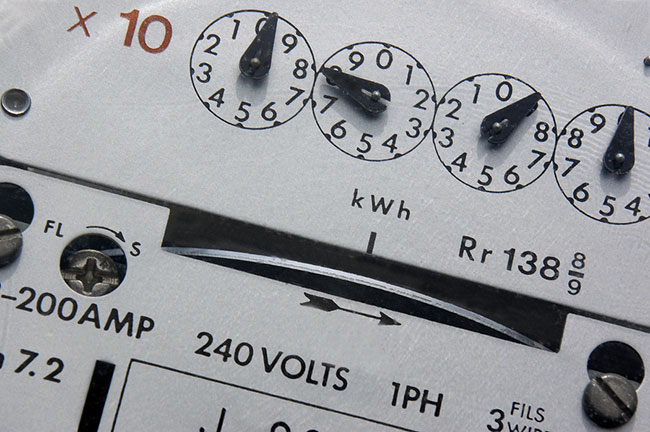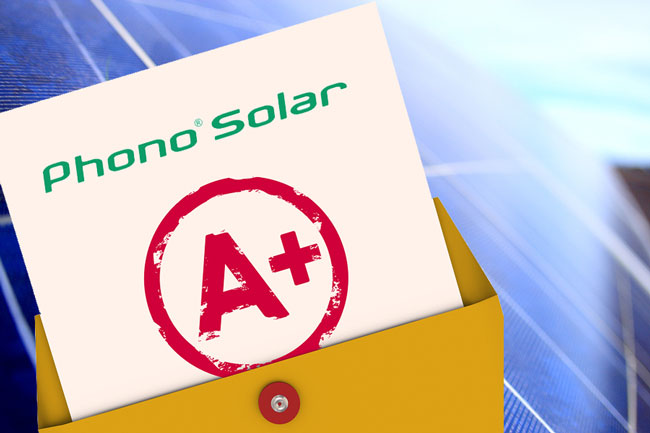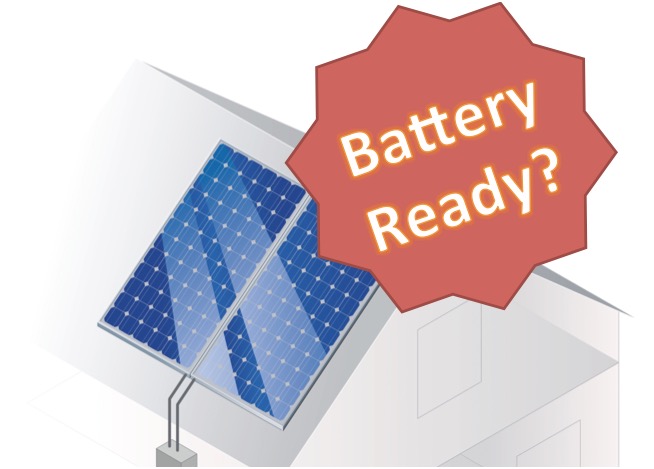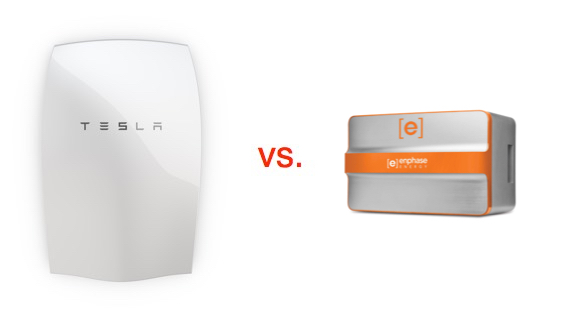
Did you know you can add panels up to 133% of your inverter capacity? Read on to discover why oversizing solar is a smart move (as long as your roof is big enough – unlike this guy’s).
Installing rooftop solar systems with a total panel capacity greater than the inverter capacity is usually a very good idea. It will certainly save you money, but it can also help get around the restrictions many Australians face on the size of inverter they can connect to the grid. [Read more…]











 RSS - Posts
RSS - Posts



Currently Raging Debates: